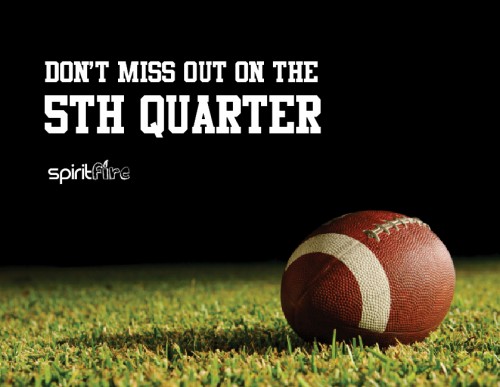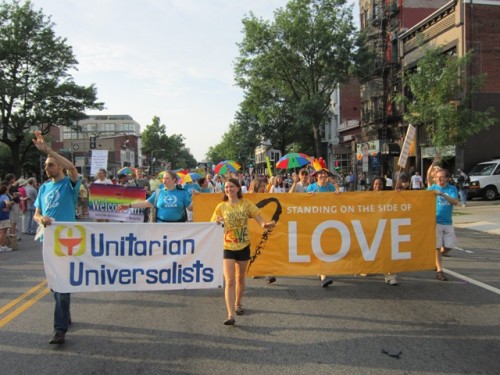Nothing pleases me more than to see voices connected to our community write important stories that explore our experiences, and the influence we can have on the world. Today, I’m honored to spotlight three such stories, published in three different media outlets.
The Plight of Pagans in the Military: Journalist and author Jennifer Willis, a Reconstructionist Jew with “strong NeoPagan leanings,” writes an exploration of the challenges faced by Pagans in the U.S. military for the Religion & Politics site.
[Stefani Barner’s] experiences with religious intolerance in the military resulted in her book, Faith and Magick in the Armed Forces: A Handbook for Pagans in the Military. Though far from the witch-hunts of the past, Pagan stereotypes continue to be problematic, but perhaps even more so within the U.S. Armed Forces. Though there are now military chaplains for many minority religions—Buddhism and Hinduism included—Pagan military chaplaincy can’t seem to get off the ground, and until recently Pagan veterans could not have the pentacle—the symbol of their faith—inscribed on their tombstones in military cemeteries. But with increased accommodation of minority religions and a push for greater religious tolerance in the ranks, life could be changing for Pagans in uniform. “Things have improved,” Stefani says. “I think that we still have a long way to go, but that’s true for many, many minority faiths.”
For those who haven’t been following my coverage over the years, this is an excellent summary of the current status quo, and the struggles we’ve faced in getting to the point where we are now. An auspicious first story dealing with modern Paganism at Religion & Politics, a project of the John C. Danforth Center on Religion & Politics at Washington University in St. Louis. Be sure to read the whole thing, and share this on social media.
Religion at the Rio+20: Huffington Post blogger Grove Harris, a UN representative for the Temple of Understanding, and a member of the Interfaith Consortium For Ecological Civilization, reports from the Rio +20 United Nations Conference on Sustainable Development. Harris talks about a side-event at Rio+20 where spiritual leaders could discuss changing consciousness in regards to the environment.
“In my work with the Temple of Understanding and the Interfaith Consortium for Ecological Civilization I convened a side event of interfaith spiritual leaders to discuss the need for consciousness change in our relationship to the environment. We have spiritual resources to guide us in this dangerous time that can help us enjoy peace as well as take effective action. Dr.Vandana Shiva advocates saving seeds, all kinds of the non-genetically modified kind that have grown food for humans for a long time. Jayanti Kirpalani of the Brahma Kumaris spoke of respect, respect for self, for home, for others and for the natural world. “We have spiritual resources to guide us in this dangerous time that can help us enjoy peace as well as take effective action. I was invited to speak on aligning awareness and action, and offered up a set of concepts: humility, intimacy, interconnectedness, acting into new awareness, composting as a spiritual practice, love as sustainable energy, and spirituality as nourishment offering freedom.” from addiction. This is my early harvest this solstice, the seeds of a book coming your way soon.”
Considering that I just wrote about Pagans and interfaith, here’s an excellent example of a Pagan operating on the world stage within the interfaith movement. Working to help bring our values of nature as sacred to important summits on environmental policy. I’m hoping that Harris issues more reports from Rio+20, giving us a Pagan perspective.
Open-Air Community at St. Louis Pagan Picnic: Finally, here at Patheos, Kathy Nance writes about the 20th anniversary of the St. Louis Pagan Picnic, which happened earlier this month. Drawing over 4000 people, it may be the largest Pagan event held in North America, one that often goes unnoticed by the rest of the Pagan community.
“I’ve been to 10 of our St. Louis picnics. It’s ironic that I lived within blocks of the event from the second one on and had never so much as walked through before becoming Public Relations chairman for the 2002 event, then staying on for 2003. And that I’d been asking, before that, “Where are all the Pagans?” and assumed the answer was, “In California.” I’ve been able to tell, every year, that there are people who are thrilled, even stunned, that there is such a vibrant Pagan community in St. Louis. I had some newcomers in both workshops I gave at Picnic. I saw and talked to others as I walked down vendors’ row. I’ve met a few so happy to find like-minded souls that they have tears in their eyes.”
Many of us, myself included, often fall into the trap of thinking about modern Paganism in terms of 3 or 4 geographical communities that have shaped our history: The Bay Area in California, New York City, or New England/Salem. Rarely do we stop to notice how modern Paganism is growing and thriving just about everywhere, like in St. Louis, Missouri. Luckily, Kathy Nance reminds us that sometimes our most vibrant communities can happen in places we might not suspect. For more on the St. Louis Pagan Picnic, follow their Facebook page, or check out MagickTV’s coverage.
That’s all I have for now, have a great day!















